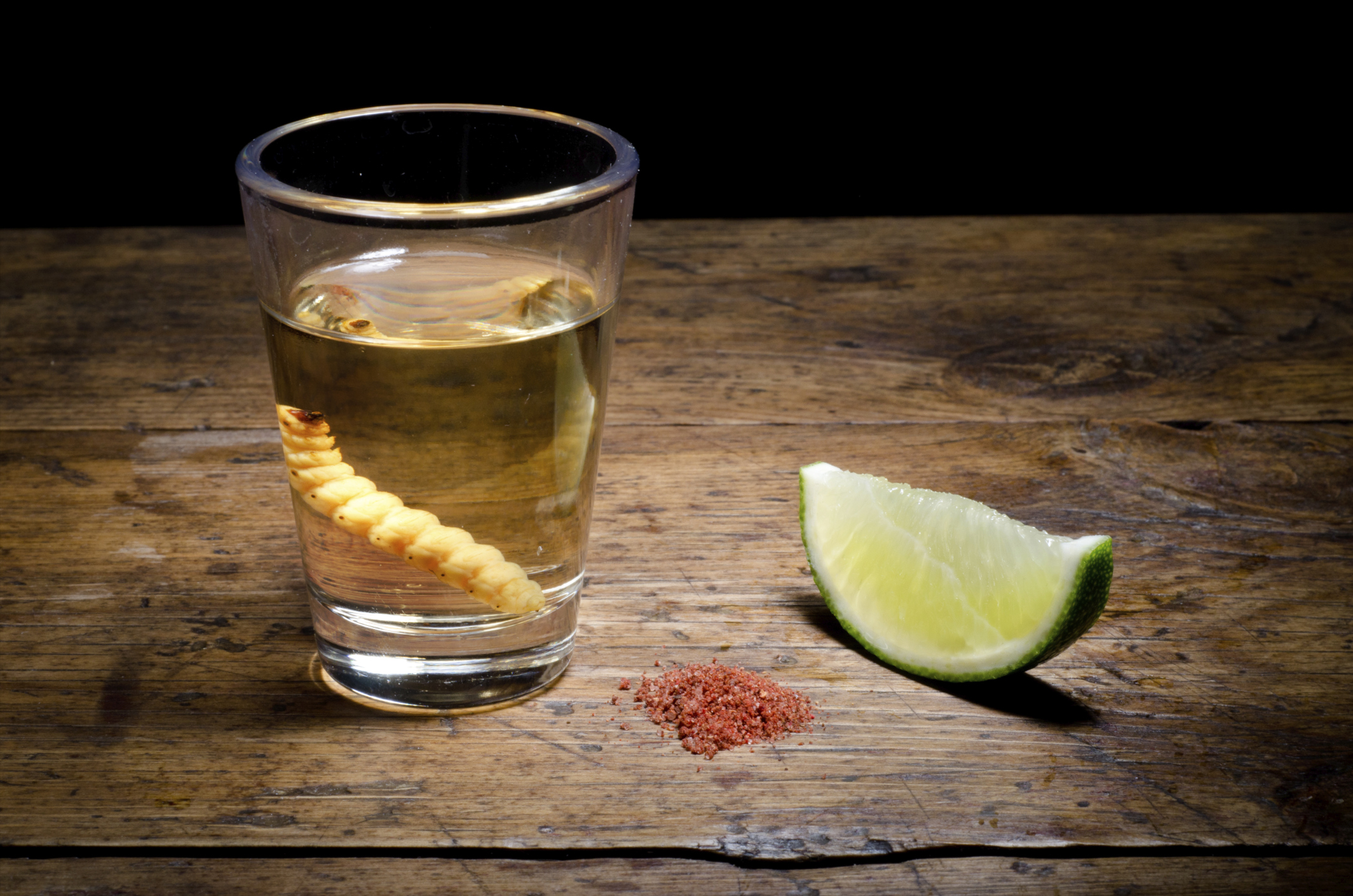Most associate Mexican drinks only through the prism of tequila, lime and salt. Few people know that she has an ancestor who can compete with her in the category of taste, and certainly leaves her far behind in terms of originality of production. Before you, Mezcal!
Mezcal , next to tequila, is the national alcohol of Mexico . It is produced mainly in the area of the city of Oaxaca, and its name, as in the case of tequila, comes from the Nahuatl language. Its source is the word mexcalli , which literally means “cooked agave.”
The devil is in the details
Both beverages are made according to strictly defined recipes, agave is used for both, the different types differ in the amount of distillation and the length of aging – and the similarities end there.
Blue agave species are used for tequila production, and green agave is used for mezcal. A special standard allows about 20 varieties of this plant, and the most popular of them is Agave angustifolia , Agave esperrima , Agave weberi , Agave potatorum and Agave salmiana . Tequila is obtained from fermented juice, and piña is used for the production of mezcal, i.e. the whole heart that appears after cutting off the leaves of 8-year-old agave and its stem, referred to as Spanish as penca . The cut agave core is placed in the so-called palenques , or conical pits in the ground, then burns and cooks for three days under cover from previously cut leaves. The trunk prepared in this way is then kneaded and the obtained mass is placed in special wooden vats, where after mixing with crystalline water a natural fermentation process takes place, which lasts about 2 weeks. Everything is followed by everything being distilled. In the case of mezcal it only takes place once. The mezcal owes its straw color and specific aroma to aging in wooden barrels, which lasts from 2 months to 7 years for the best species. After aging, however, storage of the mezcal in wooden barrels is avoided, and glass containers are used – mainly for taste reasons.
As with tequila, mezcal also distinguishes between the aging of the drink. The names of the different types are identical: blank (colorless, aged for up to two months) , reposado (from 2 months to year) , anejo (aged more than 1 year) .
Notes worm
The real mezcal showcase is the worm used in its production. To ensure originality and the highest quality, 1-2 gusanos de maguey , i.e. the larvae of the butterfly Hypopta agavis, are thrown into mezcal bottles. There are two varieties: red – gusano rojo and white or golden – gusano de oro . Their addition, apart from aesthetic values, also increases the taste qualities of mezcal. Various mixtures of fruit and aromatic herbs are added to it to increase the taste range of mezcal.
Mezcal voltage can reach up to 90%, but the taste is not as sharp and irritable as spirit. In Mexico, mezcal is often sold with a bag containing salt and grated to dust, previously fried grasshoppers. It is best to consume it in a clean, raw form, biting a lime, although we are aware that this may, of course, be associated with some anxiety. A slight dilution with water may help, but native Mexicans would argue that such action would be barbarism and sacrilege. Your health!


Leave a Reply